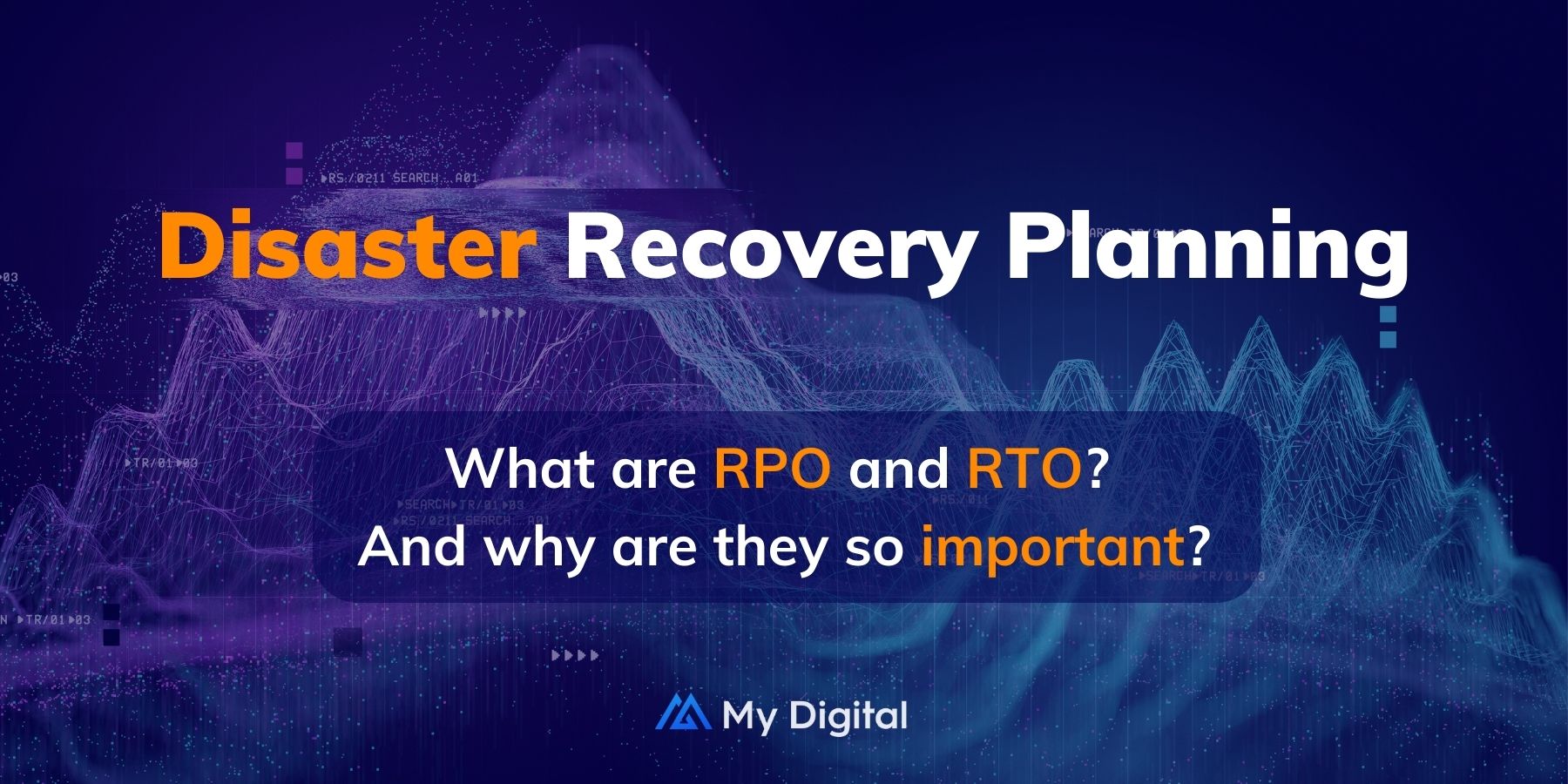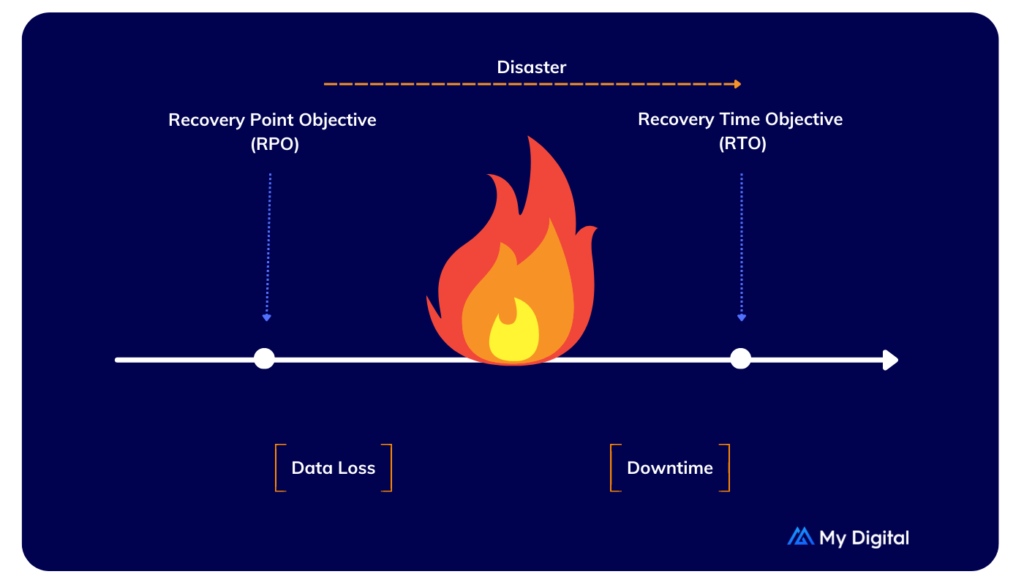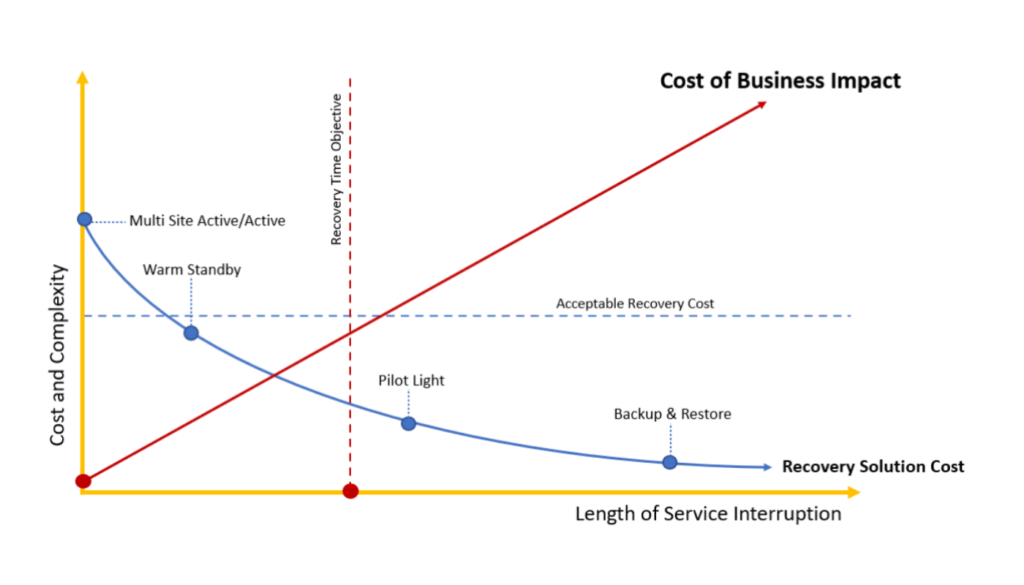Disaster Recovery Plan: what you MUST know about Recovery Time Objective (RTO) and Recovery Point Objective (RPO)
Setting smart objectives will make or break your disaster recovery plan

Disasters happen. And when they do, it’s important to have a plan in place to ensure your business can weather the storm. A key part of any disaster recovery and business continuity plan is the Recovery Point Objective (RPO) and Recovery Time Objective (RTO).
The RPO is the point in time to which you plan to recover in the event of a disaster. In other words, it’s the threshold of how much data you can afford to lose since the last backup. It limits how far back in time you can roll back. And it defines how often a system is backed up. For example, if your RPO is four hours, and a disaster occurs three hours after the last backup, your systems will roll back to the last good backup taken before the three-hour mark. But what if your RPO is eight hours, and a disaster occurs seven hours after the last backup? In that case, you would lose data from those seven hours. The takeaway here is that having a robust RPO is critical to ensuring you can bounce back from a disaster with minimal data loss.
Whereas RPO defines how much data you can afford to lose, Recovery Time Objective (RTO) defines how long you can afford to be down. In other words, it’s the amount of time your business can withstand being offline before it starts to experience serious negative effects. For example, if your RTO is four hours, and a disaster strikes that takes your systems offline for five hours, you would be in violation of your RTO. As such, it’s important to have a realistic RTO that takes into account the needs of your business.

RPO considerations
There are a few key factors to consider when determining your RPO. How frequently is the sensitive data of your business being changed? The more frequently it changes, the more recent your backup needs to be in order to be useful. How often are backups taken? The less frequently backups are taken, the more data you could stand to lose in the event of a disaster. And finally, how much extra space do you have for backups? If you have limited space, you may need to prioritize which data is most important to protect. By taking these factors into account, you can develop an RPO that meets the specific needs of your business.
RTO considerations
There are three primary factors to consider when determining an appropriate recovery time objective (RTO) for your business: the amount of downtime your business can afford, the cost you are willing to bear to resume systems back to normal, and what you will require for restoring operations back to normal. Each business will have different tolerances for these three factors, so it is important to assess them carefully in order to develop an RTO that is realistic and achievable. By taking the time to understand your business’s specific needs, you can ensure that your RTO is robust and will help keep your operations running smoothly in the event of a disruption.
Your RPO and RTO objectives will be heavily dependent on the type of business recovery approach you decide to implement from Multi Site down to simple Backup & Restore.
We have covered different options in this blog post

And it’s a wrap…
In an ideal world, both RPO and RTO would be zero. However, in reality, it is impossible to achieve zero for both parameters and you need to define RPO and RTO smartly as per the business requirements. Having these 2 parameters well-defined will give a direction to which technology is best suitable for your business. For example, if you have a business that requires high availability, then you would need to focus on reducing your RTO. On the other hand, if you have a business that can tolerate some data loss, then you would need to focus on reducing your RPO. The key is to understand the tradeoffs between RPO and RTO and choose the right balance for your business.
Here at My Digital, we understand the risk of cyberattacks in the payroll and recruitment sector, that’s the reason we have created the Disaster Recovery Standby Solution (DRSS)
It’s a backup payroll or pay & bill platform with your data set up in our cloud. It can ensure business continuity in the toughest of times. Best bit? You don’t have to be our existing customer to be protected by DRSS. Learn more here and feel free to reach out to us to find out about the functionality, implementation and pricing.



